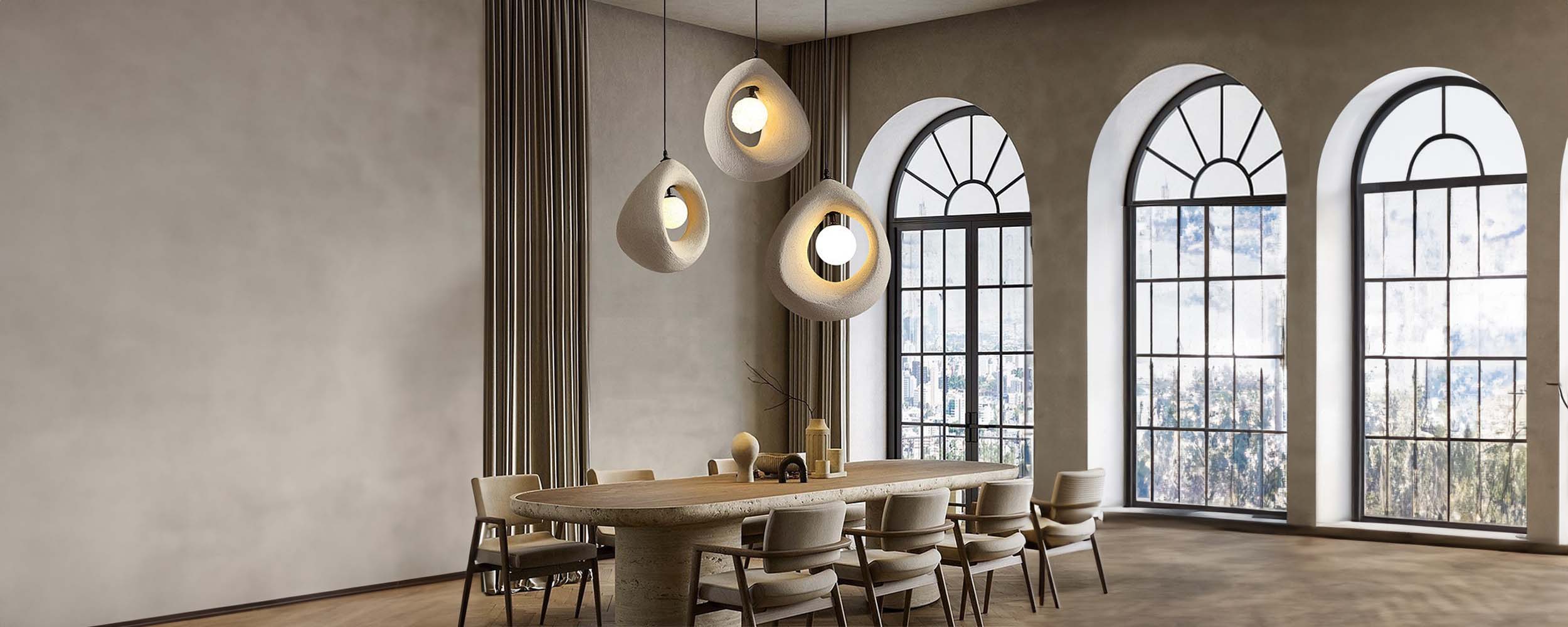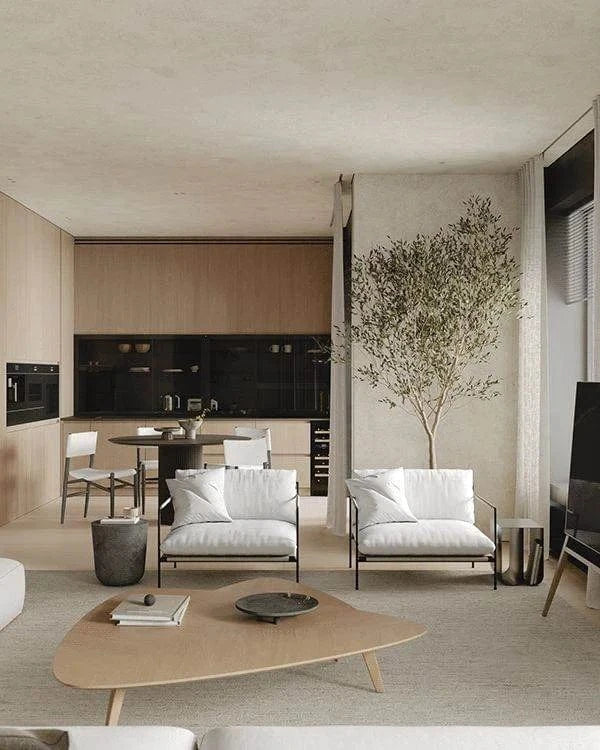
What is Japandi?
“After the closed-border policy of Japan, which lasted for around 200 years, they opened their borders in the mid 1850s”
Scandinavian designers and artists began visiting Japan and quickly became enthralled with the Japanese style.
Scandinavian Design
Scandinavian style has had a massive influence on the evolution of "modern" styles. It favors a clean and minimalist approach to design, where less is more.

Design
Clean lines, uncluttered spaces, natural light

Materials
Emphasis on natural materials, particularly light wood

Colors
Neutral color palette, with a focus on lighter colors: white, cream and light brown from woods such as birch or white oak

Japanese Design
Japanese design creates space by minimizing visual clutter and simplifying the environment. It also embraces the idea of imperfection; you'll commonly see organic curves.

Design
Bright & and minimalist. Often with curved lines & organic shapes

Materials
Wood, stone, paper, concrete, cotton, rattan, bamboo

Colors
A neutral color palette with an emphasis on darker and earthy tones like brown and green
What is Wabi Sabi?
Distinct from, but a part of Japandi, Wabi-Sabi is a Japanese philosophy that “embraces the beauty of imperfection and being at peace with the imperfections of the world.”.

Wabi Sabi
Wabi-Sabi is an integral element of Japandi design. It brings a sense of history and character to a space.
The aesthetic is sometimes described as one of appreciating beauty that is "imperfect, impermanent, and incomplete" in nature.
Japandi

Fleur Wave Vase

Kiss Me Vase

Irregular Knot Sculpture

Jigu Puff Vase



